
The Brno Exhibition Center was opened 90 years ago by the Exhibition of Contemporary Culture
Prague - The history of modern exhibition in Brno began with the construction of the largest exhibition center in the Czech Republic to date. Its gates were opened 90 years ago, on May 26, 1928, by the Exhibition of Contemporary Culture in Czechoslovakia, which demonstrated the cultural and economic level achieved by the young state on the tenth anniversary of the republic's founding. At the same time, the Brno Exhibition and Trade Fair Company was established, later known as Veletrhy Brno.
The exhibition was intended to build on the success of the Jubilee Exhibition held in 1891 in Prague, with Czechoslovak President Tomáš Garrigue Masaryk as its patron. Brno, which has a fair tradition dating back to the 18th century, was chosen as a compromise between Prague and Bratislava. The presentation received enthusiastic reception, and attendance exceeded expectations. By mid-October 1928, the exhibition had been visited by over 2.7 million people, and the event concluded with a gross profit of 16 million crowns.
The Exhibition of Contemporary Culture was divided into several sections: education, spiritual science, technical culture and higher education, art, applied arts, self-government, agriculture and gardening, radio and cinema, and Brno exhibition fairs and amusement park. One of the biggest hits of the exhibition and its symbol became the model of a mammoth in the pavilion "Man and His Family," commissioned by the famous researcher Karel Absolon. Part of the exhibits was preserved and transferred to the Technical Museum in Prague.
However, the most successful "exhibit" was the exhibition center itself. The decision to build it was made in 1923 when a plot of land in what is now the exhibition grounds was purchased. Construction in Brno - Pisárky began in December 1926. In a record time of 14 months, 69 pavilions and other structures were erected on 36 hectares (with an exhibition area of 30,355 m² in pavilions). The landscaping was also completed, with the main avenues planted with already mature trees.
In the competition for the urban design of the exhibition area, the proposal by Josef Kalous won among 31 projects, featuring two rays of axes extending radially. Top Czech architects of the time contributed to its design - including Bohuslav Fuchs, Pavel Janák, Josef Gočár, Emil Králík, Jiří Kroha, and Kamil Roškot. Functionalism was applied here on an unprecedented scale, which has allowed the exhibition center to maintain both functionality and an elegant, modern appearance to this day.
The glory of the exhibition center gradually declined in the 1930s. By the end of the war, the area had been largely destroyed by bombing. There was even consideration of its demolition and conversion into an amusement park. The significance of the area was revived by the economic and industrial growth at the end of the 1950s. At the first International Engineering Fair (MSV) in 1959, visitors admired pavilions B, C, and especially the circular pavilion Z - the new dominant and symbol of the exhibition center. Since 1991, the area has been a cultural monument.
In 1960, the exhibition center was acquired by the foreign trade enterprise Brněnské veletrhy a výstavy. 31 years later, the company was privatized. Since 2001, the official name of the company has been Veletrhy Brno, a.s.; the abbreviation BVV from the original name has remained so well in the public consciousness that it continues to be used as a shortened name. Since 2016, the owner of Veletrhy Brno has been the city of Brno. The company has an annual turnover of around one billion crowns and employs about 240 people.
According to the BVV website, the exhibition center has a net exhibition area of 130,000 square meters, making it one of the largest exhibition centers in the world. In addition to fairs, congresses, conventions, balls, various sporting events, and concerts are also held here. The development plan for the exhibition center is regularly updated, and according to recent information, a new modern pavilion D should be constructed here by 2020 for more than 400 million crowns. The most recent pavilion P was completed in the area in 2009.
The exhibition was intended to build on the success of the Jubilee Exhibition held in 1891 in Prague, with Czechoslovak President Tomáš Garrigue Masaryk as its patron. Brno, which has a fair tradition dating back to the 18th century, was chosen as a compromise between Prague and Bratislava. The presentation received enthusiastic reception, and attendance exceeded expectations. By mid-October 1928, the exhibition had been visited by over 2.7 million people, and the event concluded with a gross profit of 16 million crowns.
The Exhibition of Contemporary Culture was divided into several sections: education, spiritual science, technical culture and higher education, art, applied arts, self-government, agriculture and gardening, radio and cinema, and Brno exhibition fairs and amusement park. One of the biggest hits of the exhibition and its symbol became the model of a mammoth in the pavilion "Man and His Family," commissioned by the famous researcher Karel Absolon. Part of the exhibits was preserved and transferred to the Technical Museum in Prague.
However, the most successful "exhibit" was the exhibition center itself. The decision to build it was made in 1923 when a plot of land in what is now the exhibition grounds was purchased. Construction in Brno - Pisárky began in December 1926. In a record time of 14 months, 69 pavilions and other structures were erected on 36 hectares (with an exhibition area of 30,355 m² in pavilions). The landscaping was also completed, with the main avenues planted with already mature trees.
In the competition for the urban design of the exhibition area, the proposal by Josef Kalous won among 31 projects, featuring two rays of axes extending radially. Top Czech architects of the time contributed to its design - including Bohuslav Fuchs, Pavel Janák, Josef Gočár, Emil Králík, Jiří Kroha, and Kamil Roškot. Functionalism was applied here on an unprecedented scale, which has allowed the exhibition center to maintain both functionality and an elegant, modern appearance to this day.
The glory of the exhibition center gradually declined in the 1930s. By the end of the war, the area had been largely destroyed by bombing. There was even consideration of its demolition and conversion into an amusement park. The significance of the area was revived by the economic and industrial growth at the end of the 1950s. At the first International Engineering Fair (MSV) in 1959, visitors admired pavilions B, C, and especially the circular pavilion Z - the new dominant and symbol of the exhibition center. Since 1991, the area has been a cultural monument.
In 1960, the exhibition center was acquired by the foreign trade enterprise Brněnské veletrhy a výstavy. 31 years later, the company was privatized. Since 2001, the official name of the company has been Veletrhy Brno, a.s.; the abbreviation BVV from the original name has remained so well in the public consciousness that it continues to be used as a shortened name. Since 2016, the owner of Veletrhy Brno has been the city of Brno. The company has an annual turnover of around one billion crowns and employs about 240 people.
According to the BVV website, the exhibition center has a net exhibition area of 130,000 square meters, making it one of the largest exhibition centers in the world. In addition to fairs, congresses, conventions, balls, various sporting events, and concerts are also held here. The development plan for the exhibition center is regularly updated, and according to recent information, a new modern pavilion D should be constructed here by 2020 for more than 400 million crowns. The most recent pavilion P was completed in the area in 2009.
The English translation is powered by AI tool. Switch to Czech to view the original text source.
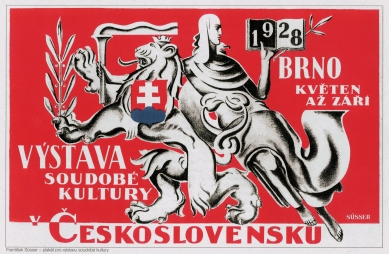
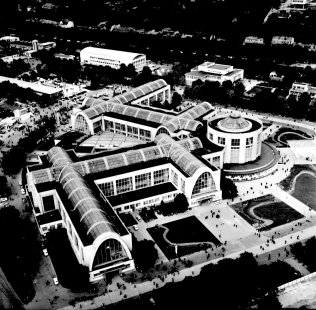
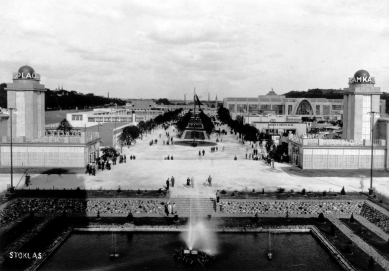
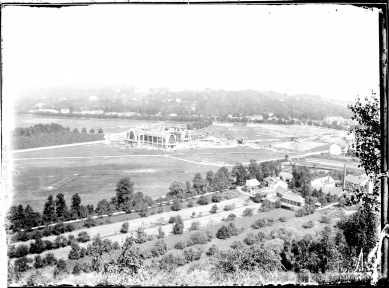
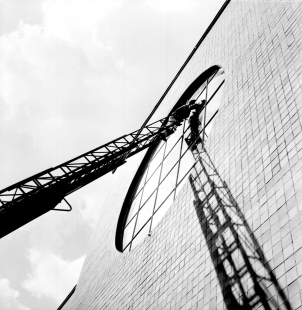
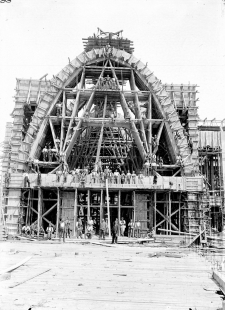
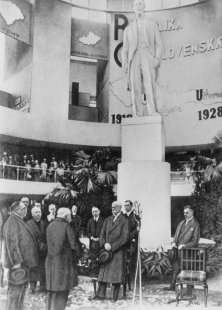
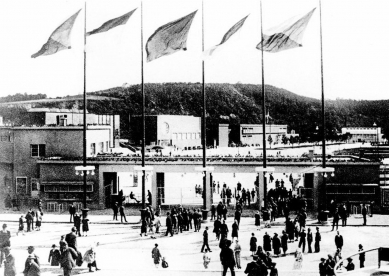
0 comments
add comment
Related articles
0
25.05.2023 | The Brno Exhibition Centre was opened 95 years ago by the Exhibition of Contemporary Culture
0
12.12.2020 | Trade Fairs Brno will sell the UMPRUM pavilion for 45 million
0
21.08.2017 | A hundred years since the founding of Czechoslovakia will be celebrated in Brno at the exhibition grounds
1
23.05.2008 | The Brno Exhibition Centre was opened 80 years ago with an exhibition of contemporary culture










